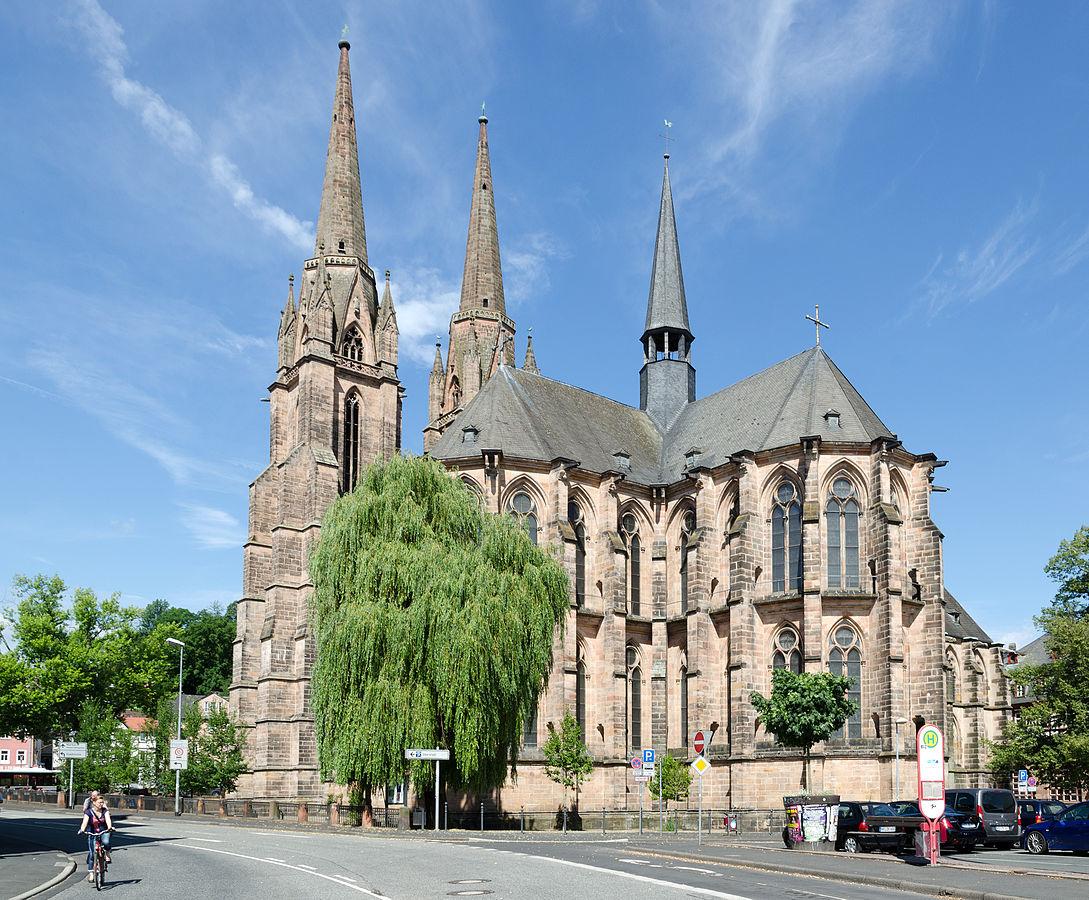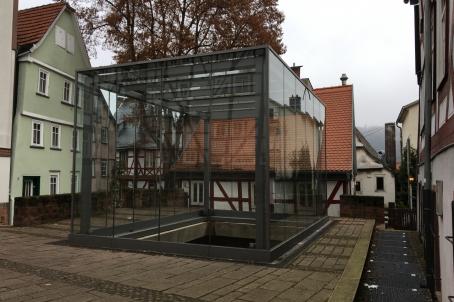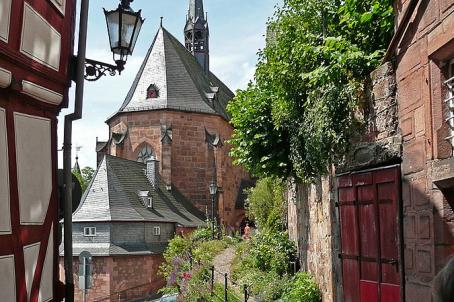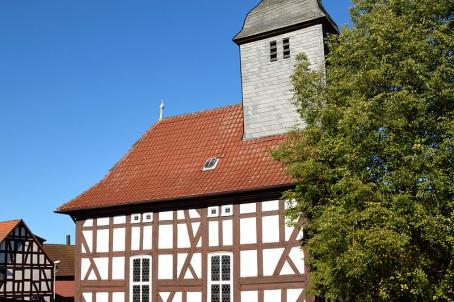Church of St. Elizabeth

The Church of St. Elizabeth was built between 1235 and 1283 by the Teutonic Order on the tomb of St. Elizabeth, making the church an important place of pilgrimage in Western Europe in the late Middle Ages. In 1539, the landgrave Philip the Magnanimous had the bones of St. Elizabeth removed in order to send a signal against the cult of the relics. During the Seven Years' War (1756-1763), the church was damaged when it was used as a hay and flour store. Maintenance work was carried out in 1767-1770. Between 1811 and 1827, the church was a Simultaneum for a short period, so that the Catholic and Protestant services were held separately.





